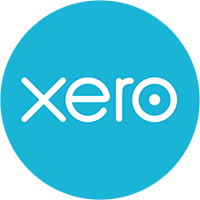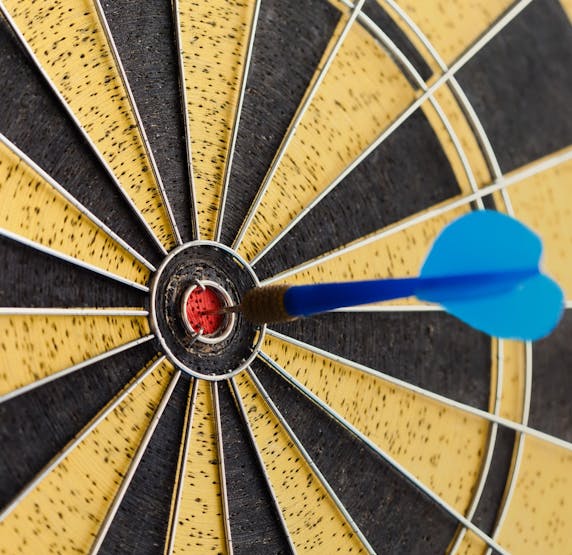Performance targets, commonly known as key performance indicators or KPIs, are an essential element of any business plan.
KPIs are measures of the key drivers in your business and should link to those business levers that can be pulled to deliver an impact on business performance. Meeting these KPIs consistently moves the business towards achieving the goals detailed in your business plan.
Selecting the correct KPIs is the first step, then it is necessary to establish the targets that you want to achieve. For example, a manufacturer may select Gross Profit Margin [GP] as the KPI measure, and the performance target is 28.5% GP margin for the year.
It is important that these targets are formulated in a way that is understood and will resonate with your team to provide the motivation to deliver the desired outcomes.
A good way of analysing your KPIs, targets and business goals is against the SMART criteria:
s-pecific
What exactly do you want to achieve, be precise and clear about what you want to achieve.
What is it, where, how much, how and with who.
m-easurable
You must be able to accurately measure the performance and your progress towards the goal.
Measuring your progress keeps you on track towards the goals that you have established within your business plan.
a-chievable
It’s ok to set ‘stretch’ targets but it is pointless setting targets that cannot be achieved, this is demoralising. Goals and targets need to be ‘agreed’ by the team so that expectations are clear.
r-elevant
Your performance measures and targets must be relevant to the goals set in your business plan. There is little point in measuring the performance of something that is not aligned with your overall objectives.
t-ime based and timely
Your KPIs need to be time-based, that is you will achieve the outcome within a defined period, open-ended goals don’t work. Measuring the performance needs to occur on a timely basis to be relevant and allow for effective decision making.
Here are a couple of KPI examples from a manufacturing business plan:
Gross Profit margin of 29.5% for FY 2025 compared with 28.7% in FY 2024.
This is specific, measurable, achievable based on the prior year results, relevant as it’s a key profit driver and has a clearly defined time period. This KPI would link directly to other measures of the production process like rework, waste and direct labour hours. Together, they combine to provide greater control over this part of the business.
Compare this to:
Increase product quality to above 95%.
You might look at this and think that other than no time target it looks ok. However, it is not specific. How is quality measured, what are the drivers of quality in the process, are they currently measured and if not, can it be done cost-effectively? Is this level achievable based on the current performance rate, if known? You can see that this KPI raises more questions than it answers and will not assist you to make better business decisions.
Reviewing your performance targets and goals against SMART criteria helps to:
- Set clear performance expectations for your team
- Engage your team with a set of agreed targets and goals
- Identify areas where performance can be improved
- Allows you to easily assess progress towards your goals
When teams know what is expected of them and are engaged, they are well on their way to achieving the goals and objectives set out in your business plan.
Need a hand with performance measurement, planning in your business or business advice? Please feel free to reach out, I’d love to help.





















































